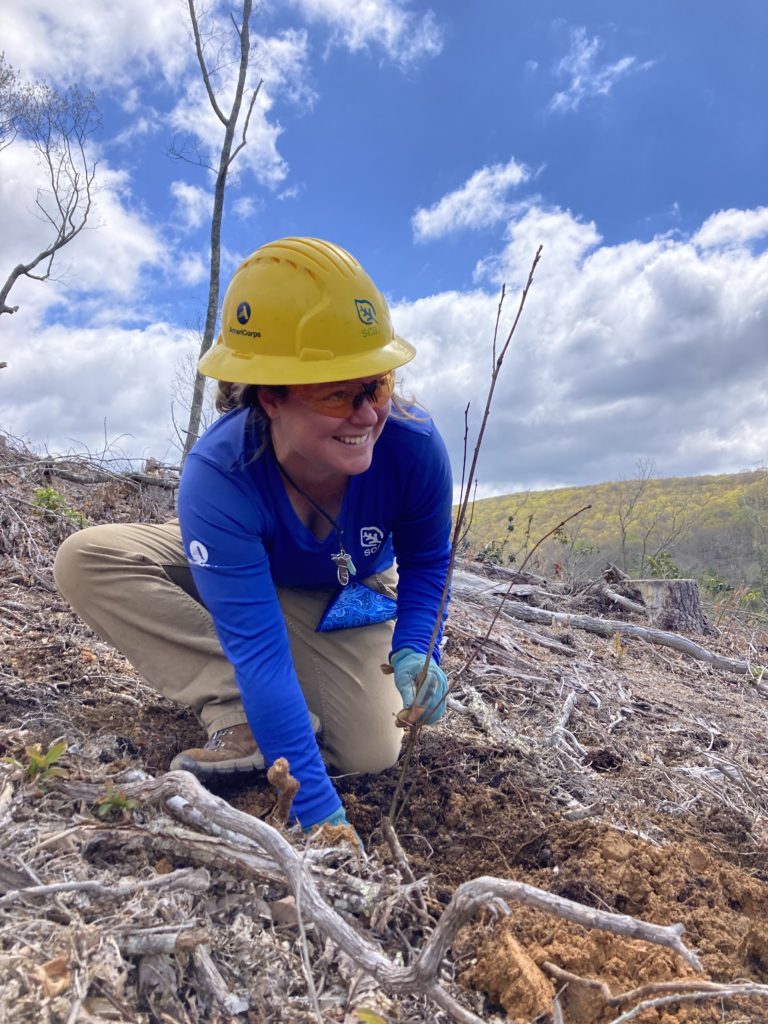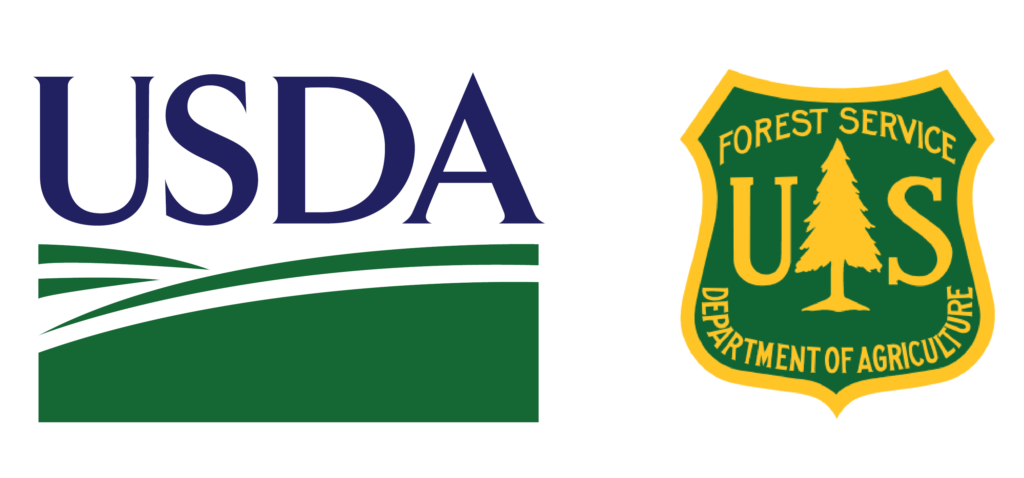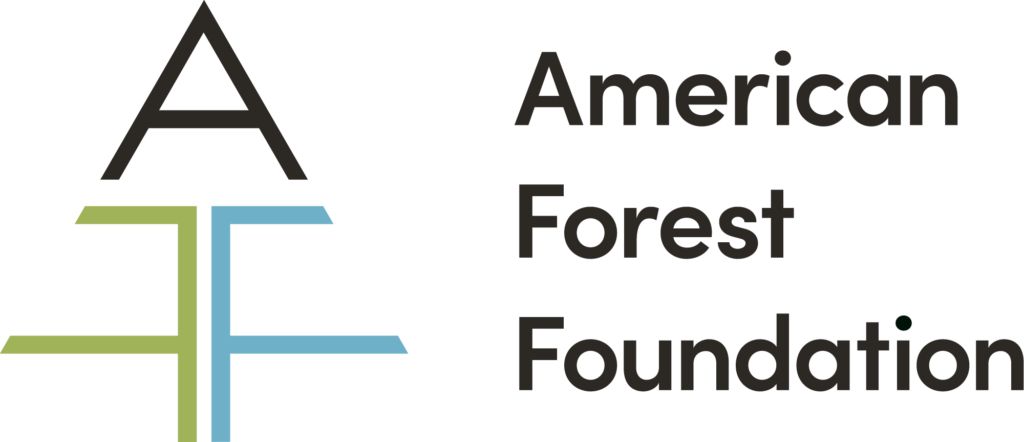International Oak Symposium
October 7-10, 2024 – Knoxville, Tennessee, USA
The University of Tennessee’s School of Natural Resources is proud to host an International Oak Symposium in 2024 to provide a platform to exchange information and build collaborations around the best available science and technology on oak ecology and management for a global audience. The meeting will provide innovative and progressive formats to deliver and exchange information and foster collaborations between researchers and practitioners. Field trip(s) will be offered that showcase multi-disciplinary research of the USDA Forest Service and other partners.

The overall goal of this symposium is to cultivate and promote synergy among natural resource managers and researchers working towards practical applications to sustain or restore oak ecosystems around the world. The symposium will address the most current issues and complexities related to science-based management of oak species and forests at global, regional, and local scales. The four-day program seeks to engage a diverse audience of managers and scientists in a forum that fosters innovation in silviculture and management for sustainability of oak forests.
Our specific objectives are to provide platforms, products, and opportunities for:
- technology transfer and dialogue between researchers and managers
- scientific exchanges among researchers
- fostering collaborations between managers and researchers
- production of peer-reviewed research papers
- Contribute towards professional development of students and early-career scientists

Oak (Quercus) trees and forests have provided a myriad of wood resources and ecosystem services for millennia. Oaks are considered a keystone species in many regions of the world but are increasingly threatened by deforestation, nonnative invasive pests and pathogens, climate change, altered disturbance regimes, and gaps in critical knowledge for silviculture and management. Despite commonalities of these threats across many oak ecosystems around the globe, general applications of solutions are often elusive and difficult to develop. Rural and urban communities will continue to lose vital ecosystem services and values provided by oak trees and forests without further development and application of practical science-based silviculture and management at stand and landscape levels.
Substantial progress has been made in research and science delivery for oak ecology, silviculture, and management since the mid-20th century.
International meetings have been hosted and sponsored in part by the International Union of Forest Research Organizations (IUFRO) Research Groups or Working Parties, particularly Unit 1.01.06, Ecology and Silviculture of Oaks: In 2000, the “IUFRO International conference ‘Oak 2000 – improvement of wood quality and genetic diversity of oaks‘” was held in Zagreb, Croatia.
Several regional symposia have been held in the Central Hardwood Region of eastern North America to synthesize the state of the knowledge and provide opportunities for exchanges among researchers and practitioners: A 1992 symposium, “Oak Regeneration: Serious Problems, Practical Recommendations” was held in Knoxville, Tennessee; In 2002, “Upland Oak Ecology Symposium: History, Current Conditions, and Sustainability” was held in Fayetteville, Arkansas; “Oak symposium: sustaining oak forests in the 21st century through science-based management” was held in Knoxville, Tennessee in 2017.
A series of western regional meetings have been held as part of the California Oak Symposium, from 1979 to 2022 focusing primarily on oak conservation in northern and southern California.
The schedule is subject to change as activities for the Symposium are developed. The full schedule of events is available here!
Across three days, 12 Plenary Session speakers will provide their insight and expertise on foundational and emerging research and management topics. Click here to learn more!


Please join us on Slack where you can find out the latest details, interact with colleagues attending the Symposium, and ask questions! Click here to join.

Field trips will be on Wednesday, October 9, and are part of the registration fee. Lunch and refreshments will be provided. Registrants will have the choice of selecting one field trip. If your first selection is not available, then that field trip is full, and you will need to select another field trip. First come, first served.
Field trip descriptions:

Great Smoky Mountains Biosphere Reserve (Great Smoky Mountains National Park, TN) – The Great Smoky Mountains National Park is located in the Blue Ridge Mountains and is governed by the U.S. Department of Interior. It is part of the UNESCO’s Southern Appalachian Biosphere Reserve due to its rich biodiversity and ancient geological features. As a National Park Service Unit with a preservation mission, commercial forestry operations and hunting are not permitted; however, the park is actively managed using fire and nonnative invasive species control. This field tour will focus on community ecology, wildland and prescribed fire, stand dynamics, and biodiversity of Southern Appalachian forests with a focus on oak species and forests. Participants will also learn about the cultural history of the region as well as discuss the evolving challenges to forest health.

Catoosa Wildlife Management Area (Crab Orchard, TN) – The Catoosa WMA is managed by the state of Tennessee’s Wildlife Resources Agency and is located on the Cumberland Plateau. The Catoosa WMA is actively managed through commercial regeneration harvesting, prescribed fire, and hunting, among other activities. This tour will focus on the use of prescribed fire and other silvicultural practices to regenerate oak species, restore ecosystem processes, and protect threatened and endangered species. The field tour will feature the Oak Savanna Restoration Project that maintains open oak woodlands and native grass systems that were hypothesized to historically occur in the region. There will be opportunities to discuss wildlife management, a wide variety of natural oak regeneration practices, and responsible management under forest certification.

Forest Resources AgResearch and Education Center (Oak Ridge and Wartburg, TN) – The Oak Ridge Forest and Cumberland Forest are The University of Tennessee’s AgResearch and Forest Education Centers. The Oak Ridge Center is located in the Ridge and Valley near the ‘Secret City’ (home of the Manhattan Project during WWII), and the Cumberland Forest Center is a short drive to the west in the Cumberland Mountains. This tour will focus on long-term research of silvicultural practices, including commercial regeneration harvesting, herbicide control, and planting to assist in oak and mixedwoods regeneration processes. The University’s Tree Improvement Program and Forest Service research on artificial regeneration, as well as forest reclamation practices to restore former surface mining sites will be showcased. Forest certification to ensure responsible forest management will be a topic for discussion.
If you are interested in sponsoring the 2024 International Oak Symposium, click here for sponsorship packages.
The Conference Planning Committee thanks the following sponsors!



































Symposium Lead Coordinator:

Stacy L. Clark, Research Forester, Southern Research Station, USDA Forest Service, Knoxville, Tennessee (USA); stacy.l.clark@usda.gov
Symposium Deputy Coordinators:

Callie Schweitzer, Research Forester, Southern Research Station, USDA Forest Service, Huntsville, Alabama (USA); callie.schweitzer@usda.gov

Emile Gardiner, Southern Research Station, USDA Forest Service, Stoneville, Mississippi (USA); emile.gardiner@usda.gov
Technology Transfer Chair:

Christine Martens, Science Delivery Specialist, Southern Research Station, USDA Forest Service (USA); christine.martens@usda.gov
Program and Technical Committee:

David Buckley, School of Natural Resources, The University of Tennessee, Knoxville, Tennessee (USA); dbuckley@utk.edu

Magnus Löf, Head of Department & Professor, Swedish University of Agricultural Sciences, Department of Southern Swedish Forest Research Centre, Lomma (Sweden); Magnus.Lof@slu.se

Jaq Payne, National Director of the Champion Tree Program, Knoxville, TN (USA); jaqpayne@utk.edu

Stephen Peairs, Assistant Professor, School of Natural Resources, The University of Tennessee, Knoxville, Tennessee (USA); speairs@tennessee.edu

Yana Valachovic, University of California Cooperative Extension, Eureka, California (USA); yvala@ucanr.edu
Student Activity Committee Chair

Tara Skiba, PhD candidate, School of Natural Resources, University of Tennessee, Knoxville, Tennessee (USA); tskiba@vols.utk.edu
The proceedings are available from the Southern Research Station, USDA Forest Service.
We will offer Continuing Education Credits for the following Professional Societies:
Society of American Foresters –
SAF CFE credits by day are:
10/07 = 5.5
10/08 = 6.5
10/09 Field Tours = 7 for each tour
10/10 = 4.5
Total in Cat 1: 23.50
Anyone who needs SAF CFE credits should contact Callie Schweitzer at callie.schweitzer@usda.gov.
The Wildlife Society – Participants can earn up to 20 CEUs in Category I of the Certified Wildlife Biologist®/Professional Development Certificate Program. One CEU can be earned for every hour of classroom-style learning, and one CEU can be earned for every 3 hours of a field trip. The TWS Development Certificate programs operate on an honor-based system, so all applicants need to log their completed hours on their Renewal application or their Professional Development Certificate application. Click here for more information.
International Society of Arboriculture – Approval of CEUs has been granted for each session and field tour. Sign-in sheets will be available in each session. A cert ID is required to receive CEUs. While the cert ID is not case sensitive, it must be formatted correctly with regard to dash placement and corresponding credential letter (i.e. IL-0001T). We will be submitting the CEUs directly to ISA on your behalf. For more information, contact Samantha Ramirez Etheridge, sramirez@isa-arbor.com.
Additional information on credits will be forthcoming as the agenda is being developed.



